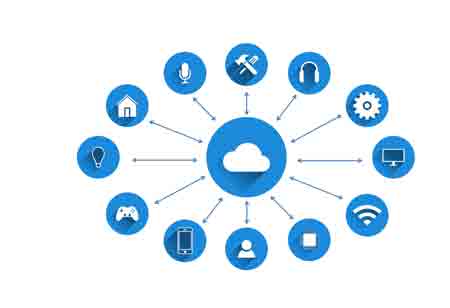THANK YOU FOR SUBSCRIBING
The Key Internet of Things Authorization Methods
Authentication often prevents attackers from impersonating IoT devices in order to gain access to data on servers, such as stored conversations, photographs, and other potentially sensitive data.

By
Apac CIOOutlook | Friday, June 11, 2021
Stay ahead of the industry with exclusive feature stories on the top companies, expert insights and the latest news delivered straight to your inbox. Subscribe today.
Authentication often prevents attackers from impersonating IoT devices in order to gain access to data on servers, such as stored conversations, photographs, and other potentially sensitive data.
Fremont, CA: IoT authentication is a method for creating trust in the identity of IoT machines and devices to secure data and control access when data moves through an unsecured network such as the Internet. Strong IoT authentication is required to protect connected IoT devices and machines from control commands from unauthorized users or devices.
An authorization method is a tool that is used to verify the identity of each IoT device endpoint. The certification process is configured during registration and tells the service provider of the procedure to use when verifying the system's identity.
Machine Identity Management seeks to increase and manage confidence in a machine's identity as it communicates with other computers, apps, clouds, and gateways. When connecting to a gateway or a central server, each IoT machine requires a unique digital identity to prevent malicious actors from gaining control of the device. This is done by associating an identity with a cryptographic key unique to each IoT unit. Machine identity management approaches are in charge of identifying and managing the credentials used by computers during their life cycle.
IoT systems are often hacked remotely, with hackers attempting to gain access to the computer via an internet connection. Any outside attempts to communicate with an IoT computer will be ignored if it is only enabled to communicate with an authenticated server.
As a result, when IoT devices are integrated into corporate networks, protection must be given even more consideration. To address this problem, cryptography solutions that are effective and efficient must be used to standardize safe communication between machines. Choosing the best IoT authentication model for the job, on the other hand, is a difficult task. Before determining which architecture model is the best IoT authentication, you must consider several factors, including energy resources, hardware capability, financial budgets, security experience, security requirements, and connectivity.
See Also :- Top Internet Of Things Solution Companies





